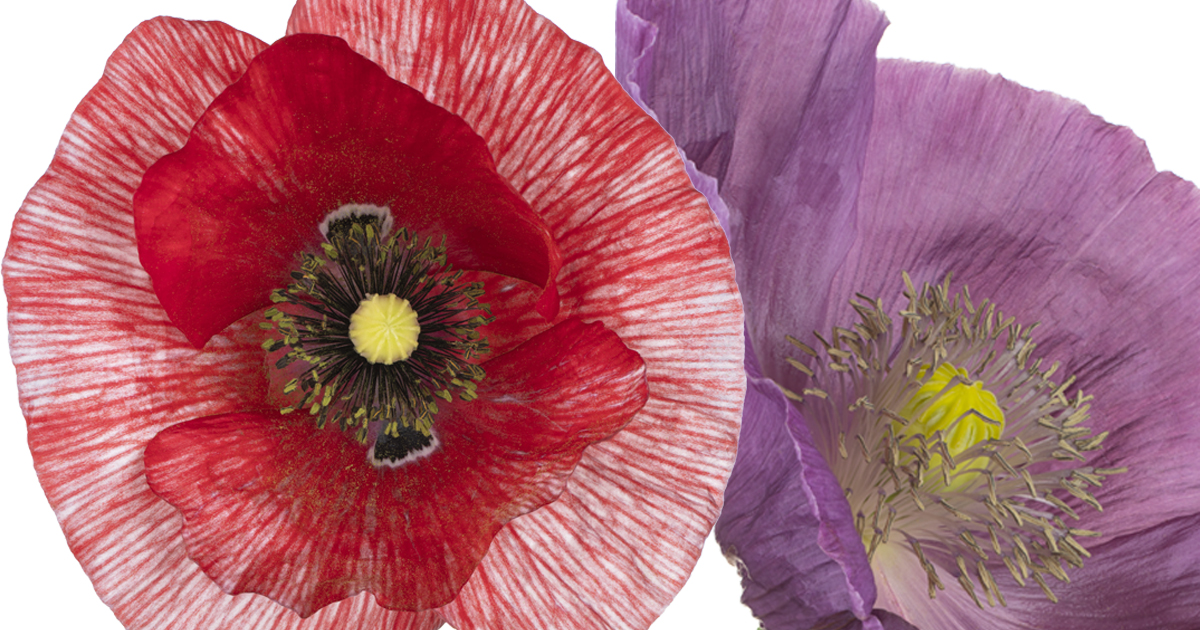
The red poppy is a symbol that memorializes those who fought and died in World War I and other military conflicts, largely inspired by In Flanders Fields, the poem written by Canadian medical officer Lieutenant-Colonel John McCrae.
While the poem is recited by many school children and the tragedies of war for soldiers and families are taught across North America, there are other victims of war often forgotten. And that’s why some are wearing a purple poppy alongside their red poppy to remember non-human animals who died in conflicts, though there is controversy and political debate about this.
The purple poppy appears to have gained popularity around 2006 – most notably by UK organization Animal Aid. However, by 2015 Animal Aid chose to end their purple poppy campaign.
“Our aim was to make it clear that animals used in warfare are indeed victims, not heroes. They do not give their lives; their lives are taken from them,” wrote then-director Andrew Tyler. “But too often the narrative promoted by the media has been one of animals as the valiant servants of people in violent conflict. This is precisely the opposite message to that which we intended.”
Animal Aid replaced their purple poppy campaign with a purple paw campaign to “commemorate all animal victims of human exploitation” to be worn “all year round.”
Since then, other organizations have taken on the job of producing and selling purple poppies to memorialize non-human animals who died in war, such as Murphy’s Army in the UK.
According to a BBC article, the Royal British Legion has noted that wearing purple or white poppies is acceptable to them when worn with a red poppy.
“We see no conflict in wearing the red poppy next to the purple or white poppy,” the article says. “Many animal rights supporters also support our work. We do ask that the items are not offered alongside each other however as this would confuse the public.”
Regardless of where you stand on the politics of the topic, it is true that millions of non-human animals have died in wars, including those who were conscripted to service. If you choose to wear a purple poppy, please consider how the proceeds of your purchase will be used (how much and to which charity are funds being donated) and wear it alongside a traditional red poppy to support past and current service members. Learn more about purple poppies and how you can order one here.
As an aside, while researching this article The Fur-Bearers’ noted three separate ‘origin stories’ of who first developed the silk or worn poppy as a symbol of remembrance. However, by 1920, it was being used in the United Kingdom, Canada and the United States. We do our best to provide factual information, though it can sometimes be difficult to establish timing of certain events such as who first used a symbol (the same issue arose in establishing who first wore a purple poppy).
